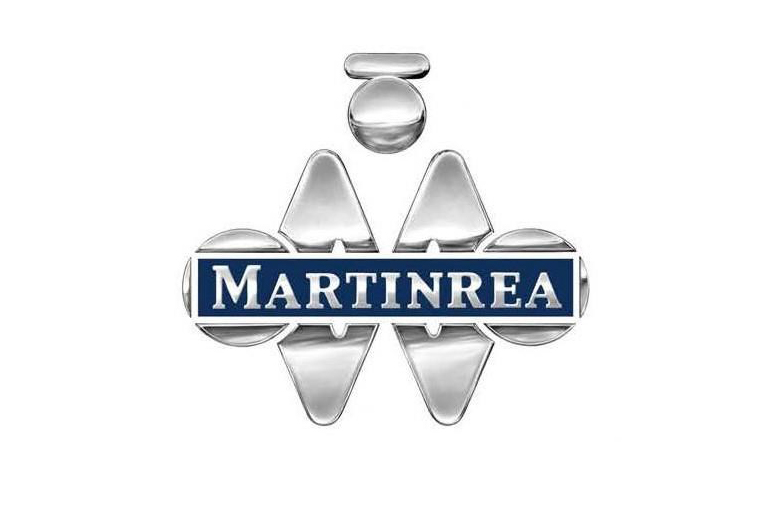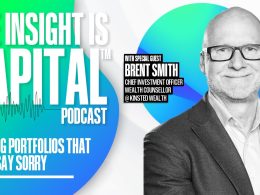by Sound Choices, AGF Management Ltd.
The content in the article below is meant for Canadian investors only.
December can be a time of reflection, when we look back at the previous year and recognize achievements and hopefully don’t dwell too much on what could have been done better.
And while we don’t want to add to your never-ending to-do list, here are the top 5 items that could help make sure your financial matters are set up for 2020.
1. Beneficiaries
- Have you designated beneficiaries for all your accounts? The beneficiary is the person or entity that will receive the proceeds from your account when you die. By naming a beneficiary, you eliminate any doubt as to whom you want your money to go. If you haven’t specified one, the default is your estate – and there could be significant delays and paperwork involved to release the funds.
- Are your beneficiaries up-to-date? Do they take into account any life events that have happened? It’s up to you to make sure your beneficiaries reflect any changes in your life.
2. RESPs
- Make contributions – so you can receive the government grants. Registered Education Savings Plan (RESP) savings can be supplemented with government education savings initiatives – but, in 2017, 3.3 million children did not benefit from these incentives*. Read “Are you leaving money on the table?” to find out more.
- If your child turned 15 this year and has never been a beneficiary of an RESP, you need to contribute at least $2,000 before the end of the year in order to receive the Canada Education Savings Grant (CESG) for 2019 and be eligible to receive the CESG for 2020 and 2021. Find out more at Special CESG rules for beneficiaries age 16 and 17.
- Withdraw money for post-secondary students. There are two types of withdrawal options: the Educational Assistance Payment (EAP), which consists of the CESG and earnings; and the Post-Secondary Education (PSE) Withdrawal, which is the investment principal (the money you invested). The EAP is taxed in the hands of the beneficiary, so if you make a withdrawal before year-end, it will be included in the student’s income for 2019. Here’s what you need to know about withdrawals.
- Sort out any unused RESP money. If the beneficiary has graduated, you can do a final EAP up to six months after the student has left school. Read “Unused RESP savings – use it or lose it?”
- Visit AGF.com/RESP to learn more about RESPs.
3. RRSPs
- Contribution deadline: February 29, 2020 at 11:59 PM (local time). While the 2019 Registered Retirement Savings Plan (RRSP) contribution deadline is still a couple of months away, if you haven’t contributed already, it’s not always easy to find the money to do so after the holiday season. The 2019 contribution limit is the lessor of $26,500 or 18% of earned income from your previous tax year, minus any pension adjustments, plus unused contribution room from previous years. Your contribution room is tracked and confirmed by the CRA.
- Delay withdrawals. If you’re planning to withdraw money for the Home Buyers Plan or Life Learning Plan and can delay until early 2020, the first repayment would be delayed by a year. To find out more about both programs and the repayment schedules, read “Two less-traditional ways to use RRSPs“
- To learn more about RRSPs, visit AGF.com/RRSP
4. RRIFs
- If you’re 71, convert your RRSP to a Registered Retirement Income Fund (RRIF). At the end of the year in which you turn 71 years of age, your RRSP matures and must be converted to either a life annuity or a RRIF, or deregistered. A RRIF is an RRSP in reverse – RRSPs allow you to accumulate tax-sheltered savings for retirement, while a RRIF generates a taxable retirement income stream from these savings – which still continue to grow and remain tax-sheltered. An RRSP can be rolled into a RRIF at any time, but you are not required to do so until the year you turn 71.
- If you already have a RRIF, withdraw the minimum amount. Each year (beginning the year after the RRIF was opened), a taxable “annual minimum amount” must be withdrawn. If your RRIF isn’t your main source of retirement income, you may forget to withdraw the minimum amount – this must be done by December 31 of the year following the one in which the RRIF was established and then each year thereafter. For example, if the RRIF was opened in November 2018, the first withdrawal must occur by December 31, 2019.
- Additional resources on RRIFs can be found at AGF.com/RRIF.
5. TFSAs
- Make your 2019 contribution, if you haven’t already. For 2019, the Tax-Free Savings Account (TFSA) contribution deadline is December 31 and the contribution limit is $6,000. If you don’t contribute, your eligible amount is added to your contribution room and can be carried forward indefinitely. Your contribution room is tracked and confirmed by the CRA.
- Withdrawing money? If you’re planning to withdraw money from your TFSA soon, consider doing it before year-end. The amount withdrawn is added back to your contribution room in the following calendar year, so if you withdraw before December 31, this amount would be available to contribute again in 2020.
- Visit AGF.com/TFSA for more information on TFSAs.
Contact your financial advisor to ensure your year-end checklist is complete.
*Source: 2017 Annual Statistical Review, Canada Education Savings Program, Employment and Social Development Canada.
The commentaries contained herein are provided as a general source of information and should not be considered personal investment or tax advice. Every effort has been made to ensure accuracy in these commentaries at the time of publication; however, accuracy cannot be guaranteed. Market conditions may change investment decisions arising from the use or reliance on the information contained here.
The contents of this Web site are provided for informational and educational purposes, and are not intended to provide specific individual advice including, without limitation, investment, financial, legal, accounting or tax. Please consult with your own professional advisor on your particular circumstances.
AGF Management Limited (“AGF”), a Canadian reporting issuer, is an independent firm composed of wholly owned globally diverse asset management firms. AGF’s investment management subsidiaries include AGF Investments Inc. (“AGFI”), AGF Investments America Inc. (“AGFA”), Highstreet Asset Management Inc. (“Highstreet”), AGF Investments LLC (formerly FFCM LLC) (“AGFUS”), AGF International Advisors Company Limited (“AGFIA”), AGF Asset Management (Asia) Limited (“AGF AM Asia”), Doherty & Associates Ltd. (“Doherty”) and Cypress Capital Management Ltd. (“CCM”). AGFI, Highstreet, Doherty and Cypress are registered as portfolio managers across various Canadian securities commissions, in addition to other Canadian registrations. AGFA and AGFUS are U.S. registered investment advisers. AGFIA is regulated by the Central Bank of Ireland and registered with the Australian Securities & Investments Commission. AGF AM Asia is registered as a portfolio manager in Singapore. AGF investment management subsidiaries manage a variety of mandates composed of equity, fixed income and balanced assets.
TM The ‘AGF’ logo and ® ‘Sound Choices’ are registered trademarks of AGF Management Limited and used under licence.
About AGF Management Limited
Founded in 1957, AGF Management Limited (AGF) is an independent and globally diverse asset management firm. AGF brings a disciplined approach to delivering excellence in investment management through its fundamental, quantitative, alternative and high-net-worth businesses focused on providing an exceptional client experience. AGF’s suite of investment solutions extends globally to a wide range of clients, from financial advisors and individual investors to institutional investors including pension plans, corporate plans, sovereign wealth funds and endowments and foundations.
For further information, please visit AGF.com.
© 2019 AGF Management Limited. All rights reserved.
This post was first published at the AGF Perspectives Blog.














